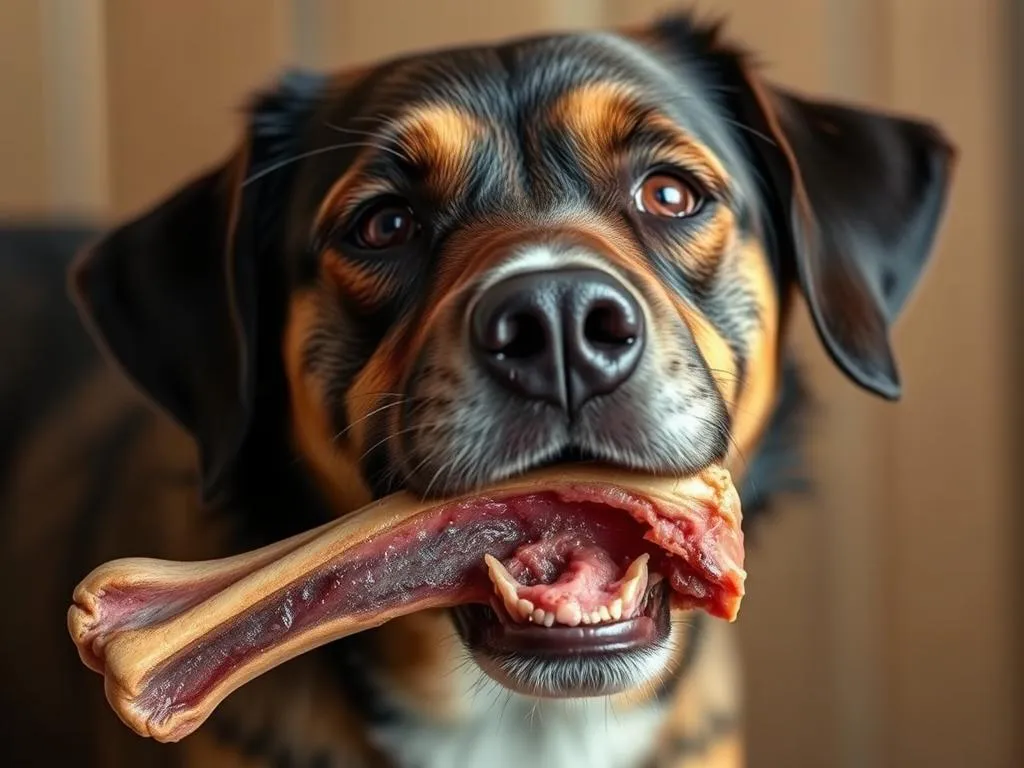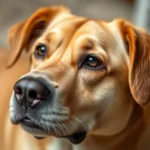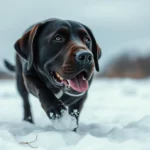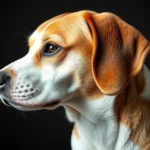
Introduction
If you’re a dog owner, the moment you realize my dog ate a rib bone can send chills down your spine. This common scenario often raises immediate concerns about the potential dangers associated with dogs consuming rib bones. Many pet owners worry about their dog’s health, wondering if they should take any immediate action or if they should simply wait and watch. Understanding the risks and knowing how to respond can make all the difference in ensuring your furry friend remains safe and healthy.
In this article, we will delve into the risks associated with dogs eating rib bones, immediate steps to take if it happens, what to expect from your veterinarian, how to prevent future incidents, and answer some frequently asked questions regarding this topic. By the end, you’ll be better equipped to handle this situation and safeguard your dog’s health.
Understanding the Risks of Dogs Eating Rib Bones
Types of Bones
When it comes to bones, there are significant differences in safety between raw and cooked options. Cooked bones are particularly dangerous because they become brittle and can splinter easily. These splinters can cause severe injuries to your dog’s mouth, throat, and digestive tract. On the other hand, raw bones are generally considered safer but still pose some risks, such as bacterial contamination.
In households, rib bones can come from various sources, including pork and beef. Pork rib bones are often favored for their flavor but can be especially hazardous when cooked. Beef rib bones, while larger and less likely to splinter, can still cause problems if ingested improperly.
Potential Health Hazards
The potential health hazards that can arise from dogs consuming rib bones are significant. Here are some of the most concerning:
- Gastrointestinal obstruction: This occurs when a bone gets lodged in the intestines, leading to severe pain, vomiting, and inability to defecate. Symptoms to watch for include:
- Frequent vomiting
- Lack of appetite
-
Abdominal swelling or pain
-
Perforation of the digestive tract: Sharp bone fragments can pierce the stomach or intestinal walls, causing internal bleeding and infection. Signs of perforation may include:
- Sudden lethargy
- Bloody stools
-
Abdominal tenderness
-
Choking hazards: A rib bone can become lodged in your dog’s throat, leading to choking. Signs of choking include:
- Gagging or coughing
- Pawing at the mouth
- Difficulty breathing
Common Misconceptions
There are many myths surrounding dogs and bones. A prevalent belief is that dogs need bones for dental health or to satisfy their chewing instincts. While chewing can be beneficial, many veterinarians advise against giving dogs bones, especially cooked ones, due to the associated risks. Understanding these misconceptions can help you make informed decisions about your dog’s diet and safety.
Immediate Steps to Take After Your Dog Eats a Rib Bone
Assessing Your Dog’s Condition
The first step after realizing my dog ate a rib bone is to assess your dog’s condition. Look for signs of distress, such as:
– Excessive drooling
– Vomiting or retching
– Restlessness or pacing
Monitoring your dog’s behavior for changes is crucial, as some symptoms may not appear immediately.
First Aid Measures
If your dog is showing signs of choking, it’s essential to act quickly. Here are some basic first aid tips:
- For choking: If your dog is gagging but can still breathe, try to keep them calm and encourage them to cough. If your dog is unable to breathe, you may need to perform the Heimlich maneuver for dogs:
- Stand behind your dog and place a fist just below their ribcage.
-
Give a quick thrust inward and slightly upward until the object is dislodged.
-
Inducing vomiting: In some cases, inducing vomiting may be advisable, but this should only be done under veterinary guidance. Inducing vomiting can sometimes cause more harm than good, especially if the bone is sharp.
When to Contact Your Veterinarian
If your dog shows any concerning symptoms, it’s time to contact your veterinarian. Signs that warrant an immediate visit include:
– Difficulty breathing
– Severe abdominal pain
– Persistent vomiting or diarrhea
– Uncontrollable drooling
Timely intervention can be crucial in preventing serious complications.
What to Expect at the Vet
Diagnostic Procedures
When you visit the vet after your dog has eaten a rib bone, the veterinarian will likely perform several diagnostic tests to assess your dog’s condition. Common procedures include:
- Physical examination: The vet will check for signs of pain, bloating, or other abnormalities.
- X-rays: These are crucial for diagnosing obstructions or perforations. X-rays can help visualize the bones in your dog’s digestive tract and determine if any are causing problems.
Treatment Options
Depending on the severity of the situation, treatment options can vary:
- Observation: If your dog is not showing severe symptoms, the vet may recommend monitoring them closely for signs of distress.
- Surgery: In cases of severe obstruction or perforation, surgery may be necessary to remove the bone and repair any damage.
- Medications: If your dog is in pain or has an infection, medications may be prescribed to alleviate discomfort and treat any underlying issues.
Preventing Future Incidents
Safe Alternatives to Bones
To prevent future incidents of my dog ate a rib bone, consider providing safe alternatives. Here are some healthy chew options that are safe for dogs:
– Rubber toys: Durable rubber toys can satisfy your dog’s chewing instincts without the risks associated with bones.
– Bully sticks: These are a popular chew option that is both satisfying and digestible.
– Rawhide alternatives: Look for high-quality rawhide or other chews specifically designed to be safe for dogs.
Educating Family and Friends
It’s essential to communicate safe practices around your dog, especially during gatherings or family meals. Here are some tips for managing food-related situations:
– Explain to family and friends that certain foods, including bones, are harmful to dogs.
– Keep a close eye on your dog during meals to prevent accidental ingestion of unsafe items.
Frequently Asked Questions (FAQs)
Can I give my dog bones at all?
While many dogs enjoy chewing on bones, it’s crucial to understand that not all bones are safe. Raw bones are generally safer than cooked bones, but even raw bones can pose risks. Always consult your veterinarian before introducing any bones into your dog’s diet.
What should I do if my dog shows symptoms later on?
If your dog begins to show symptoms such as vomiting, lethargy, or signs of pain in the days following consumption of a rib bone, it’s best to consult your veterinarian immediately. Early intervention can prevent serious complications.
Are there any home remedies for dogs that have ingested bones?
While there are many home remedies suggested online, it’s essential to approach these with caution. Some remedies may not be effective or could even be harmful. Always consult your veterinarian for personalized advice on how to handle your dog’s situation.
Conclusion
In summary, the situation of my dog ate a rib bone can be alarming for any pet owner. Understanding the risks involved, knowing the immediate steps to take, and recognizing when to seek veterinary care are crucial for your dog’s well-being. Responsible pet ownership involves being aware of the dangers certain foods can pose and seeking safe alternatives to keep your furry friend happy and healthy. Always consult your veterinarian for specific advice tailored to your dog’s needs, ensuring their safety and happiness for years to come.









